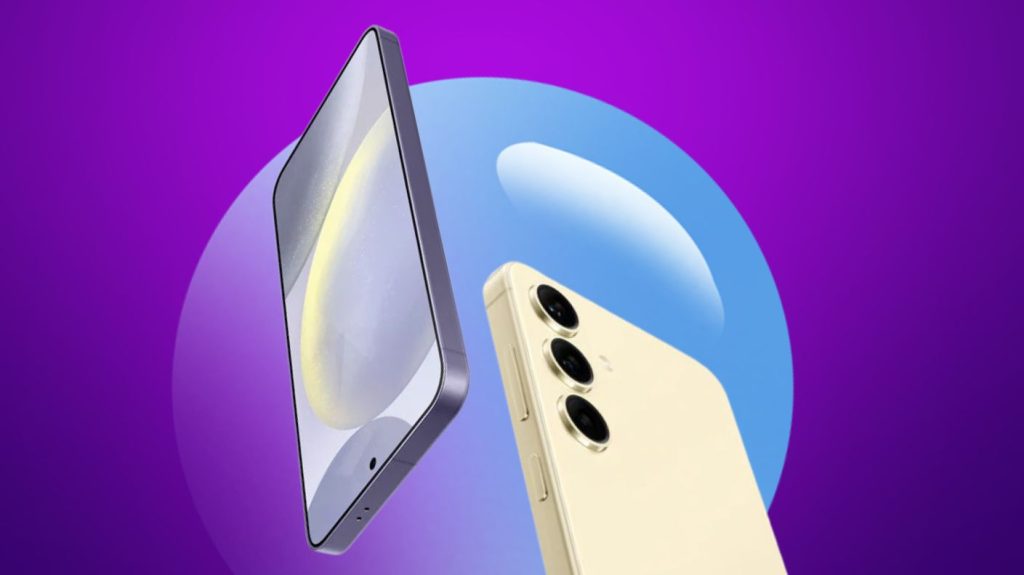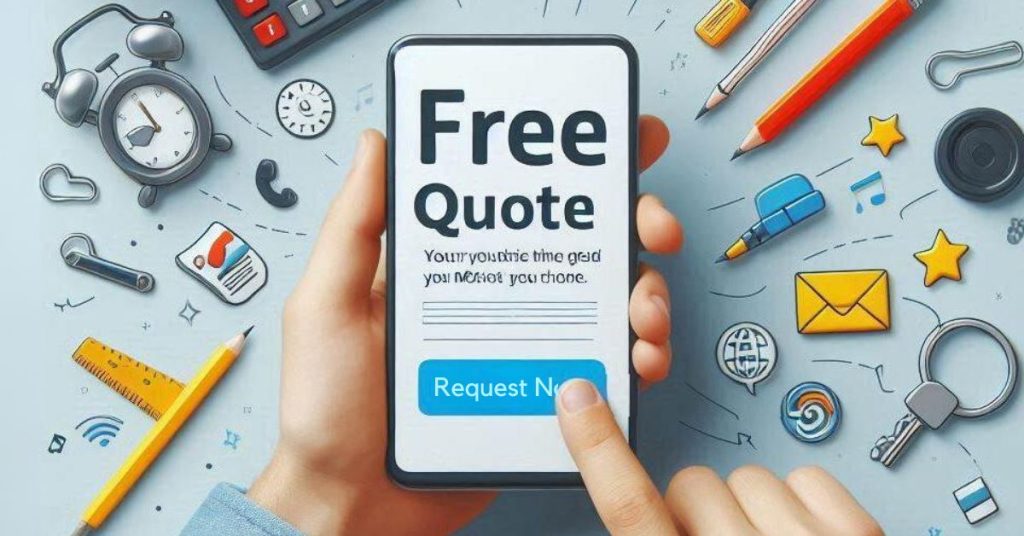To prevent common iPhone issues, always update your software for better performance and security. For maintaining battery health is key for iPhone users to ensure their device lasts throughout the day., use only Apple-certified chargers and aim to keep your charge between 20% and 80%. Protecting your phone with a durable case and a quality screen protector can save you from costly repairs. Avoid liquid damage by using waterproof cases and handle your iPhone with care to prevent accidental drops. Be mindful of exposing it to extreme temperatures. Regularly cleaning your device and managing its storage smartly are also key. There’s more to discover on keeping your iPhone in top shape.
Regular Software Updates
Keeping your iPhone up to date with regular software updates is crucial for enhancing its performance, security, and overall user experience. These updates not only equip your device with the latest features but also include critical security patches that safeguard your information against evolving threats. By promptly addressing bug fixes, you’ll notice a significant reduction in common issues such as freezing and crashing apps, which can disrupt your daily activities. Additionally, staying updated ensures your iPhone remains compatible with the newest apps and accessories, maximising your device’s utility and enjoyment. To streamline this process, activate automatic updates in your settings, eliminating the need for manual intervention. This proactive approach prevents potential vulnerabilities and maintains your iPhone’s peak functionality, keeping you ahead in your tech game.
Battery Health Maintenance


To uphold your iPhone’s battery health, it’s crucial to concentrate on optimizing charging practices and monitoring how apps consume power. By being mindful of when and how you charge your device, you can greatly extend its battery life and performance. Keep an eye on app usage to identify any that may be draining your battery more than necessary, ensuring your phone stays powered longer.
Optimising Charging Practices
Securing your iPhone’s battery health starts with adopting optimised charging practices. Use an Apple-certified charger And cable to ensure your device charges efficiently, which is crucial for iPhone models that may require specific optimised charging practices. You’ll prolong your battery’s life by avoiding letting it fully discharge; aim to keep the charge between 20% and 80%. It’s wise to unplug your iPhone once it hits 100% to prevent stress and degradation of the battery. Don’t overlook enabling optimised battery charging in your settings; this feature intelligently adjusts your charging schedule, reducing battery aging. Additionally, keeping your iPhone’s software up to date ensures you benefit from the latest battery health management features. These practices aren’t just recommendations; they’re essential for mastering your iPhone’s longevity.
Monitoring App Consumption
After mastering optimised charging practices for your iPhone, it’s equally important to scrutinise how apps consume battery power to maintain overall battery health. Explore your settings to check battery usage, identifying apps that are notorious for draining your device’s energy. Regularly evaluate your battery’s health, ensuring it remains above 80% capacity to guarantee peak performance. Be strategic—limit background app refresh and location services, and pinpoint apps that overuse push notifications, all of which can unnecessarily deplete your battery. Additionally, fine-tune your screen brightness and disable unneeded notifications. These actions will not only prolong your battery life but also enhance your iPhone’s functionality throughout the day, keeping you in control of your device’s health and performance.
Protective Case Usage


Investing in a protective case with optimal shock absorption is crucial for any iPhone user and can greatly reduce your iPhone’s risk of screen cracks and damage from accidental drops. By choosing a case made from materials like silicone, TPU, or polycarbonate, you’re opting for superior impact resistance and shock absorption. This choice doesn’t just prevent severe damage; it also minimises scratches, dents, and other forms of physical harm. Additionally, some cases are designed with raised edges, specifically to shield your screen and camera lenses from direct hits. Beyond protection, a well-designed case enhances your grip, making it less likely for your iPhone to slip from your hands. Securing a high-quality protective case is a strategic move to maintain your device’s integrity, ensuring it withstands the rigors of daily use without compromising its functionality or aesthetic appeal.
Liquid Exposure Precautions


Moving on, let’s talk about how you can protect your iPhone from unexpected splashes and spills. Opting for a waterproof case not only shields your device from liquid damage but also offers peace of mind. Knowing the immediate steps to take if your iPhone does get wet can save you from costly repairs or replacements.
Waterproof Case Benefits
To safeguard your iPhone from water damage, consider using a waterproof case that provides strong defense against liquid exposure. These cases are designed to prevent water from penetrating your device, capable of withstanding depths up to 6 feet or 2 meters. Whether you’re dealing with accidental spills, splashes, or full submersion, a waterproof case guarantees your iPhone stays safe and operational. Importantly, high-quality waterproof cases maintain the functionality of essential features like cameras, buttons, and touchscreens, allowing you to use your device without any hindrance. By investing in a waterproof case, you’re not only protecting your iPhone against unexpected water-related incidents but also avoiding the financial burden of expensive repairs or replacements. Mastery in iPhone care involves proactive measures—incorporate a waterproof case into your arsenal.
Immediate Response Steps
If your iPhone gets wet, immediately turn it off to reduce the risk of short circuits. This action is essential as it minimises the potential for damage. Next, strip your iPhone of any cases or covers and gently wipe the exterior with a dry cloth, removing as much moisture as possible. Resist the urge to use a hairdryer or any heat source to dry your device, as this can harm its internal components. Instead, opt for a bag of uncooked rice or silica gel packets, which effectively absorb moisture. Should your iPhone exhibit any malfunctions after these steps, it’s imperative to consult a professional repair technician. Mastering these immediate response steps can greatly mitigate the effects of liquid exposure on your iPhone.
Safe Handling Practices


Implementing safe handling practices can greatly prolong your iPhone’s lifespan and guarantee it operates smoothly. Regularly clean your device with a soft, lint-free cloth to avoid dirt buildup, which could lead to potential damage. You’ll also want to steer clear of exposing your iPhone to extreme temperatures or direct sunlight, as these can have a major impact on its performance. Additionally, keeping your iPhone away from water or any liquids is essential to prevent water damage and potential hardware issues. When inserting or removing cables, handle your iPhone with care to avoid damaging the charging port. By following these guidelines, you’re ensuring your iPhone remains in top condition, free from common problems that could hinder its functionality.
Screen Protection Measures


After covering safe handling practices, it’s also important to focus on protecting your iPhone’s screen from potential damage. Investing in a high-quality screen protector is a must to fend off scratches and cracks. When you’re on the move, be wary of storing your iPhone in pockets or bags alongside sharp objects that could harm the screen. Neglecting a protective case is risky; it’s your first line of defense against accidental drops or impacts. Regularly clean your screen with a soft, lint-free cloth to eliminate dirt and debris, which are culprits behind scratches. For superior protection, consider a tempered glass screen protector. Its durability and impact resistance greatly minimise the risk of cracks, ensuring your iPhone’s screen remains pristine.
Storage and Environment Tips


To maintain your iPhone’s crucial performance and longevity, it’s important to manage its storage space wisely and keep it in environments with moderate temperatures. Begin by clearing out unnecessary apps and data to free up storage. This simple step can greatly enhance your device’s efficiency. Additionally, extreme temperatures are your iPhone’s enemy, potentially harming its performance and battery life. Always aim to keep your device in a moderate temperature setting to prevent overheating and battery damage. Furthermore, make backing up your data to iCloud or a computer a regular habit. This ensures you won’t lose valuable information during unforeseen issues. Safeguarding your iPhone with a case and screen protector further shields it from physical damage, keeping it in prime condition for longer.
Conclusion
So, you’ve got the inside scoop on keeping your iPhone in excellent condition. Remember, staying on top of software updates, keeping an eye on your battery’s health, and using a protective case can make a world of difference. Don’t forget to avoid water like it’s your phone’s worst enemy, handle it with care, shield your screen, and be mindful of where you’re storing it. Stick to these tips, and you’re set for a smoother, longer-lasting relationship with your iPhone. Keep it up!







